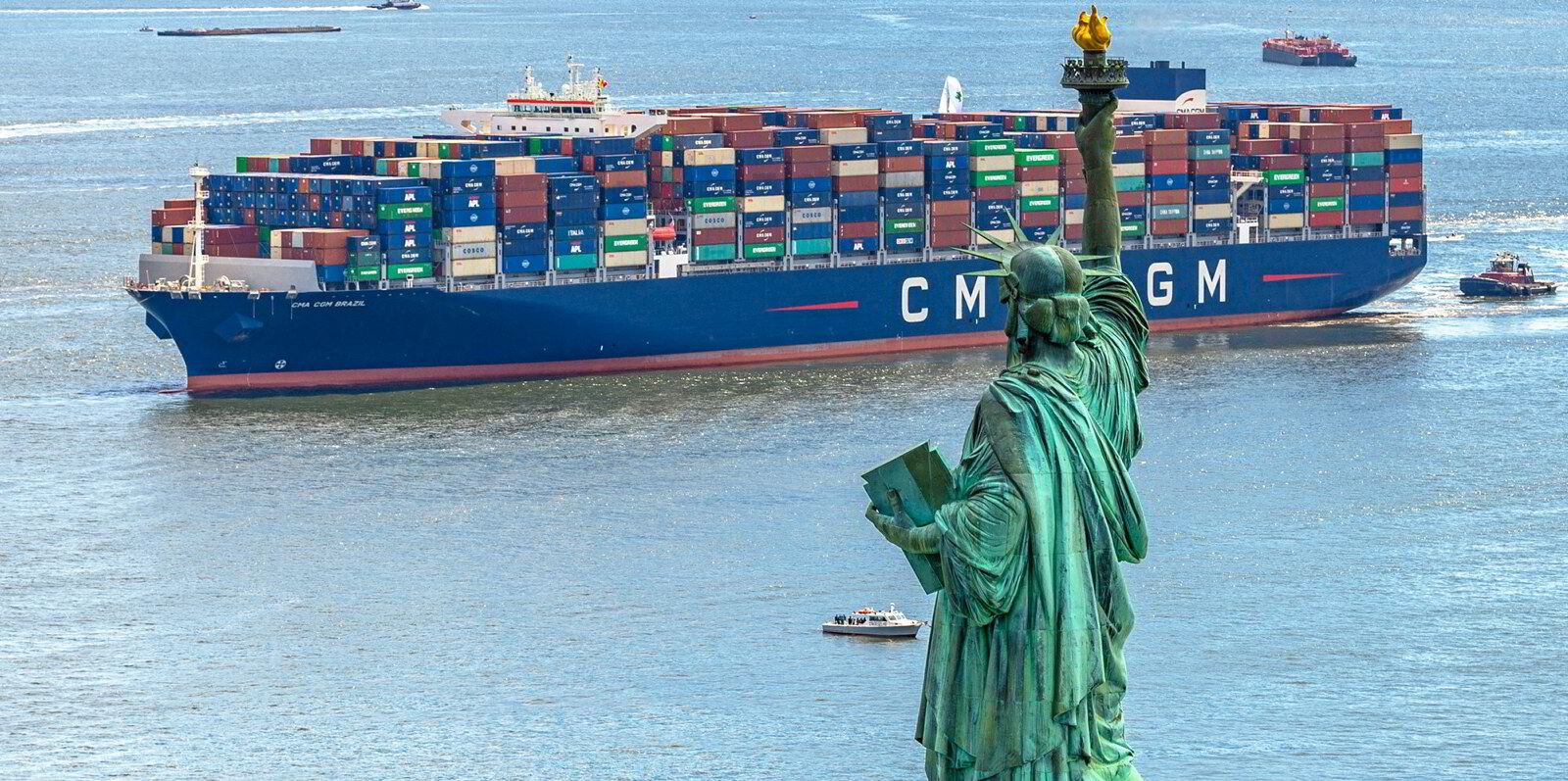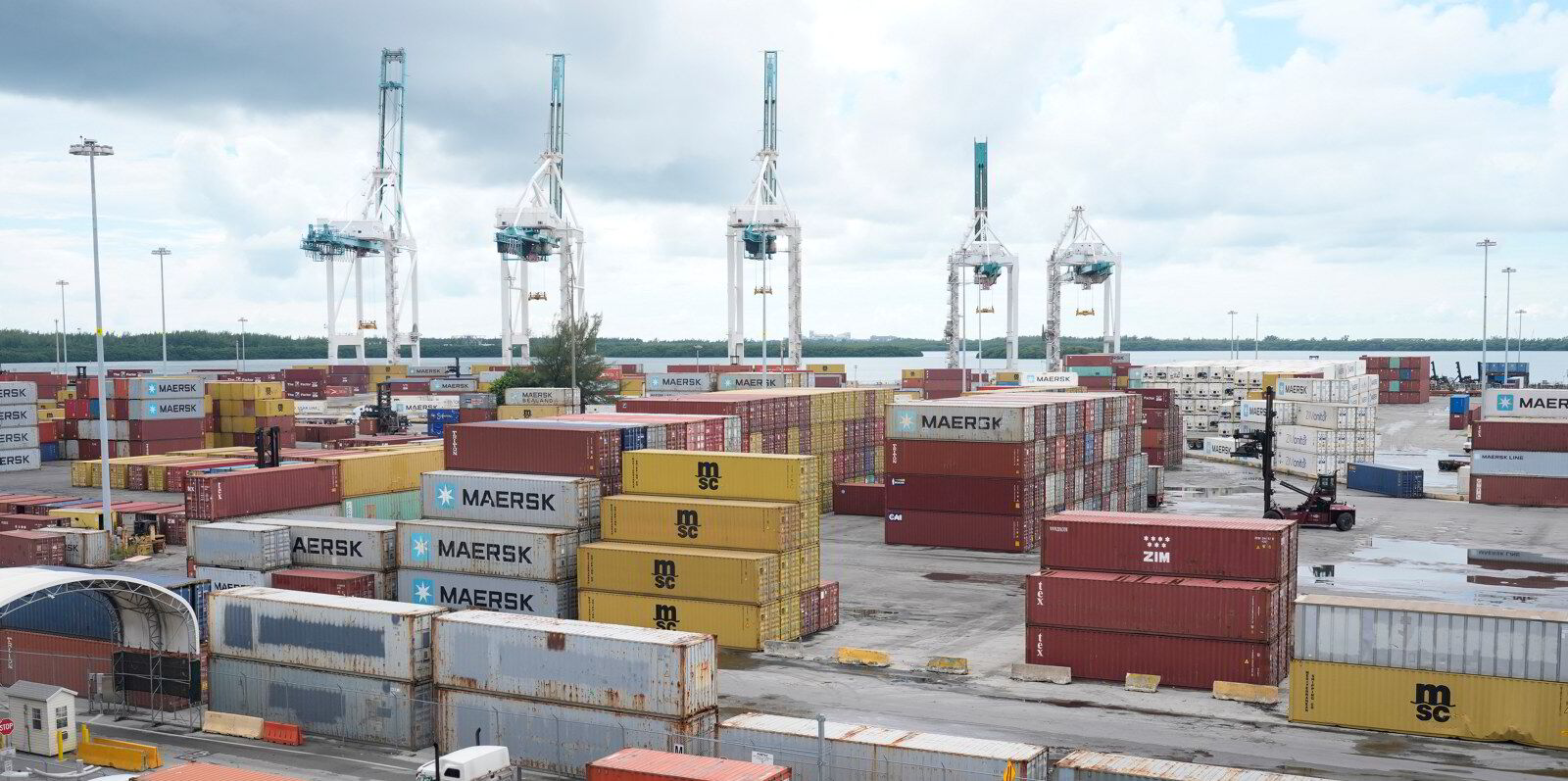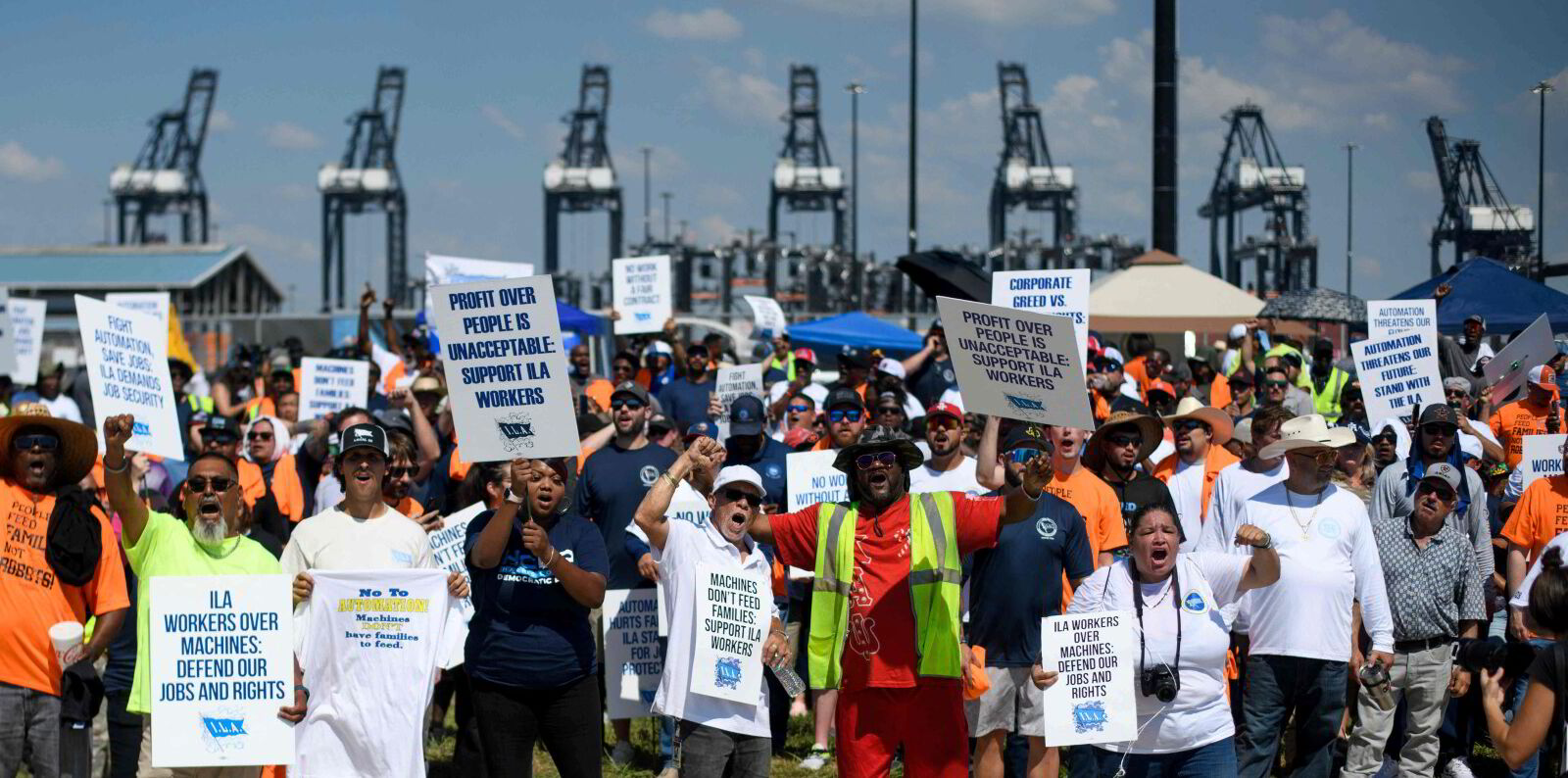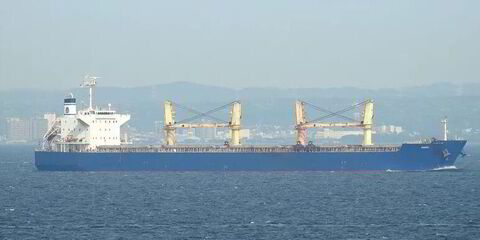Talks have again broken down between dockworkers and employers at US East and Gulf coasts — with automation serving as the key quagmire in the negotiations.
The collapse of bargaining heightens the risk of a renewed strike in January, when a contract extension is set to expire just days before the inauguration of US President-elect Donald Trump.
The returning president has expressed support for the workers and their concerns over automation at ports.
The International Longshoremen’s Association, the union known as the ILA that represents workers at container and vehicle ports from Maine to Texas, said the first day and a half of an intensive four-day bargaining session was productive.
But the talks broke down when the US Maritime Alliance, the employers’ group also known as USMX, introduced what the union called its “intent to implement semi-automation” at ports.
“They claimed their focus was on modernisation, not automation,” the labour group said.
“The ILA has always supported modernisation when it leads to increased volumes and efficiency. For over 13 years, our position has been clear: we embrace technologies that improve safety and efficiency, but only when a human being remains at the helm.
“Automation, whether full or semi, replaces jobs and erodes the historical work functions we’ve fought hard to protect.”
The USMX also said the talks to reach an agreement on a new master contract started with positive progress.
“We were unable to make significant progress on our discussions that focused on a range of technology issues,” the group said.
Moving industry ‘backward’
“Unfortunately, the ILA is insisting on an agreement that would move our industry backward by restricting future use of technology that has existed in some of our ports for nearly two decades — making it impossible to evolve to meet the nation’s future supply chain demands.”
The USMX said that its technology proposals did not involve job losses but instead would improve worker safety, increase efficiency and capacity, and strengthen supply chains.

But the union said the offer by the employer’s group, whose membership includes major container ship and car carrier operators, has a clear endgame — to establish semi-automation now on the way to full automation.
“We remain committed to securing a fair, equitable contract that ensures long-term stability for our ports and our nation’s economy,” the ILA said.
“Our employers must understand that we are united, shoulder to shoulder, in this fight for the betterment of our hardworking members and their families.”
After a three-day strike in October, the ILA and USMX agreed to a contract extension that expires on 15 January.
Both Trump, who takes control on 20 January, and current President Joe Biden have expressed support for the union.
Trump has also echoed automation concerns.
“They also don’t want to see new technologies, which in many cases don’t work very well,” then-candidate Trump said during the strike, according to a video published by Forbes.
“A lot of times it doesn’t work. There’s nobody to talk to. It’s very inaccurate. I’ve heard a lot of complaints about these modernised stations — a lot of very big complaints.”
The breakdown in US port negotiations comes after Canada’s labour minister, Steven MacKinnon, used his power to end strikes at ports in the neighbouring country.
Strikes and lockouts have beset ports in Vancouver, Prince Rupert and Montreal.
Dockworkers and employers will now have to head into binding arbitration.





